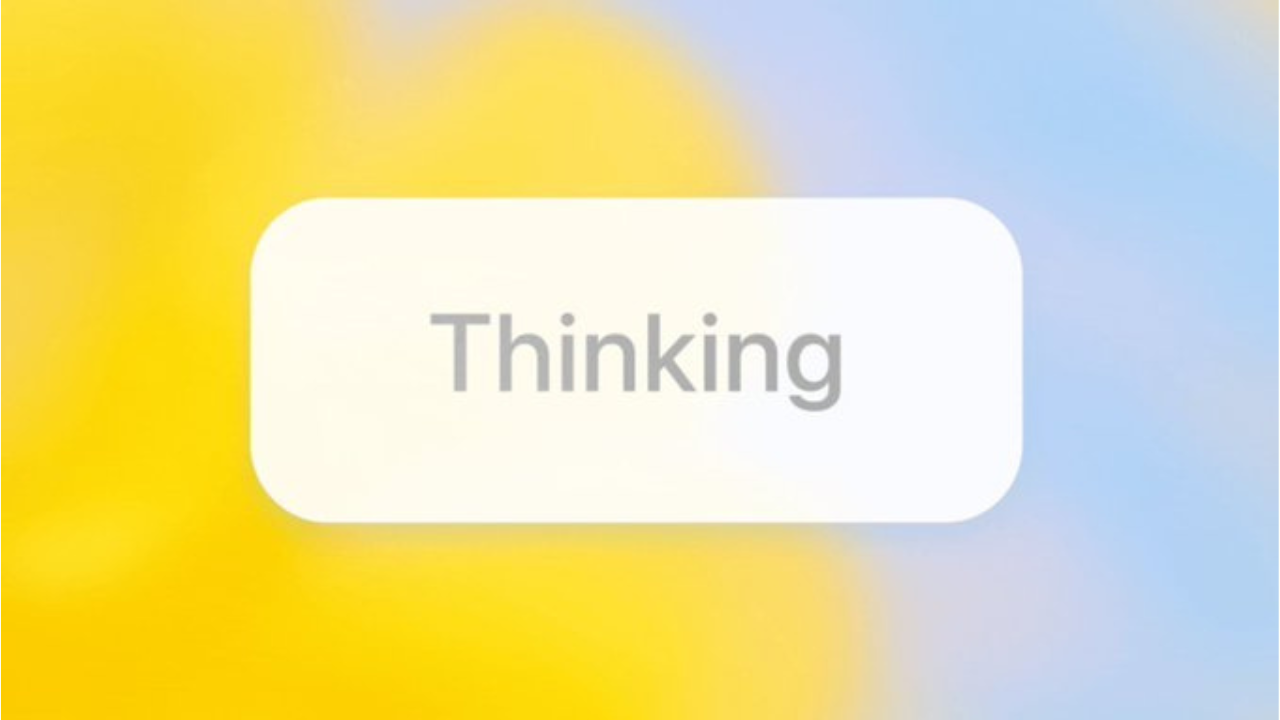OpenAI, the parent company of ChatGPT, unveils its smartest and most capable models to date—OpenAI o3-mini and OpenAI o4-mini. As per the company, o3-mini and o4-mini have been trained to think longer before responding. The models hold the capability to satisfy a wide range of questions, whether coming from a curious user or an advanced researcher.
In a bid to realize the full potential of the models, the company has trained these to agentically use and combine every tool within ChatGPT—this includes searching the web, analyzing uploaded files and other data with Python, reasoning deeply about visual inputs, and even generating images. Moreover, the models don't need a command to reason about when and how to use tools to produce detailed and thoughtful answers. These have been trained to opt for the full usage on their own, to solve problems typically within a minute, even for the more complex problems.
o3-Mini: Graced With More Power
OpenAI o3 is the most powerful reasoning model that pushes the frontier across coding, math, science, visual perception, and more. It’s ideal for complex queries requiring multi-faceted analysis and whose answers may not be immediately obvious. It performs especially strongly at visual tasks like analyzing images, charts, and graphics.
To understand why Shri Shubhradeep Nandi, Chief Data Scientist, Data Analytics Unit, Government of Andhra Pradesh, said DeepSeek a Frugal innovation in Constraint at CISCI, 2025, click here!
Early testers have praised its sharp analytical skills and described it as a valuable thought partner. They highlighted its strength in generating and assessing new hypotheses, especially in fields like biology, math, and engineering.
o4 mini: Optimized for Performance & Cost
OpenAI o4-mini is a smaller model optimized for fast, cost-efficient reasoning. It can achieve remarkable performance for its size and cost, particularly in math, coding, and visual tasks. Thanks to its efficiency, o4-mini supports significantly higher usage limits than o3, making it a strong high-volume, high-throughput option for questions that benefit from reasoning.
More Trust and Friendliness
The models demonstrate improved instruction following and more useful, verifiable responses than their predecessors. Additionally, compared to previous iterations of our reasoning models, these two models should also feel more natural and conversational, especially as they reference memory and past conversations to make responses more personalized and relevant.
Longer Thinking, Better Responses
The key to the models' best performance lies in enabling them to utilize greater computational resources. At the same latency and cost as OpenAI's o1, o3 delivers superior performance in ChatGPT. Our evaluations confirm that when given more time to process, its capabilities continue to improve.
To understand how OpenAI’s GPT-4.1 transforms coding for Developers, click here!
Thinking With Images
For the first time, these models can integrate images directly into their chain of thought. They don’t just see an image—they think with it. This unlocks a new class of problem-solving that blends visual and textual reasoning, reflected in their state-of-the-art performance across multimodal benchmarks.




